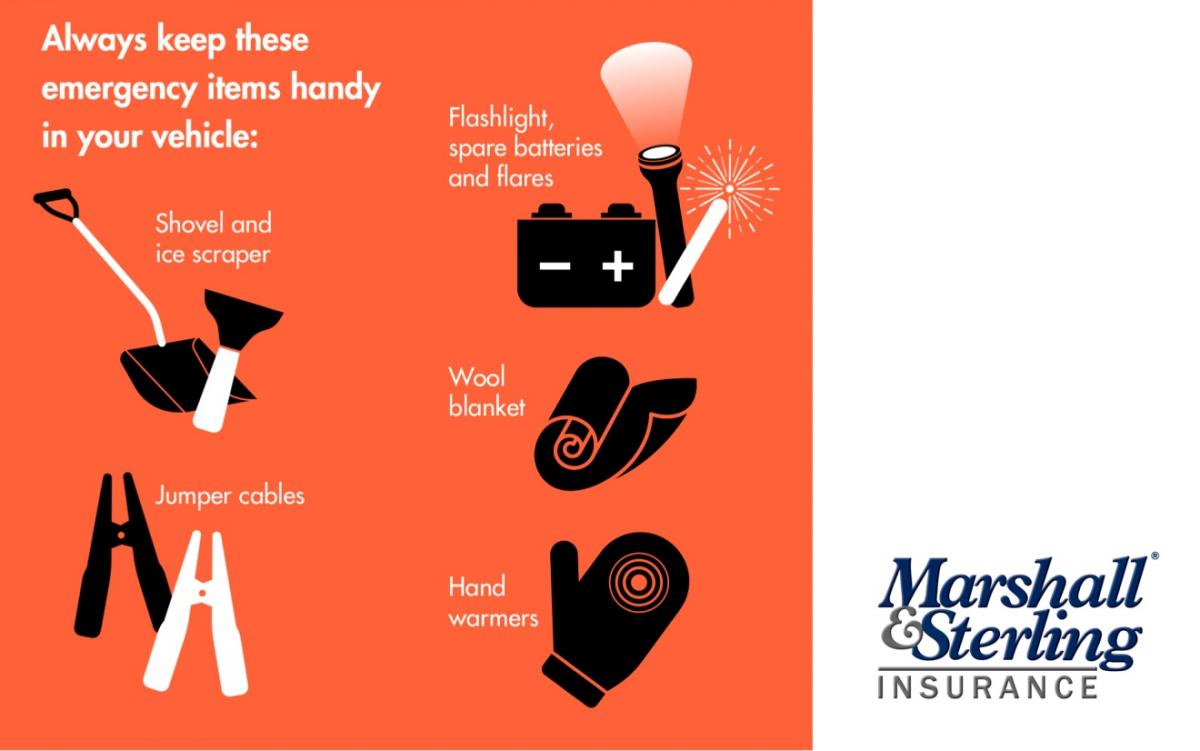
Preparing for Cold Weather Driving
During the fall and winter seasons, obstacles such as rain, wildlife, darkness, snow and ice can make driving extremely dangerous. As a result, you should take some steps now to prepare your vehicle to drive in adverse conditions:
- Make sure that your vehicle’s fluids have been changed recently, and that its battery is in good condition.
- Keep an emergency kit in your vehicle. This kit should include an ice scraper, flashlight, radio, blanket and first-aid kit and car-charger kit for your cell phone.
- Check the tire pressure on all of your tires regularly. Cold air can cause your tire’s air pressure to decrease to dangerous levels.
- Consider changing your tires to a set that can better handle wet, snowy or icy conditions.
- Visit the gas station more frequently to prevent small amounts in the tank from freezing, and extend the length of time you are able to keep your car running if you are stuck out in the cold weather for any length of time.
- Always remember to check the weather forecast before you drive. If a severe storm is on the way, either stay at home or tell a family member where you’re going and how long you’ll be there.
Defensive Driving Tips
Another important part of preparing for safer winter driving is education. By keeping safe driving techniques in mind, you can learn how to modify and tailor your own driving behavior to the unexpected actions of other drivers, pedestrians and animals on the road. By doing so, you’ll be ready for unpredictable factors such as light, weather, road conditions, traffic patterns and mechanical troubles.
To avoid accidents, follow a three-step process of seeing hazards, understanding potential defenses and acting in time. These steps should be taken in spite of the actions of other drivers and any adverse driving conditions, such as bad weather or heavy holiday traffic.
- See the Hazard: Think about what may happen as far ahead of you as possible, and never assume that hazards will resolve themselves before you reach them.
- Understand the Defense: Review a potentially hazardous situation in your mind after you see it so that you can act quickly and in plenty of time. This will allow you to formulate a defense that will prevent an accident.
- Act in Time: Once you see a hazard and decide upon a defense, you must act immediately. The sooner you act, the more time you will have to avoid a potentially dangerous situation.
We hope these defensive driving tips help to keep you safe and accident-free. If you would like more information about our auto policy basics or online defensive driving courses, contact us today.



